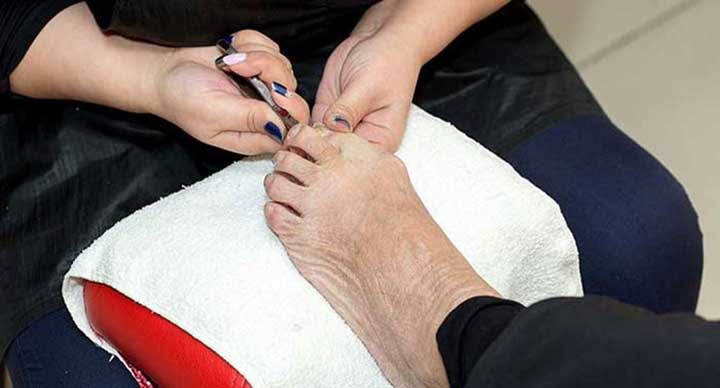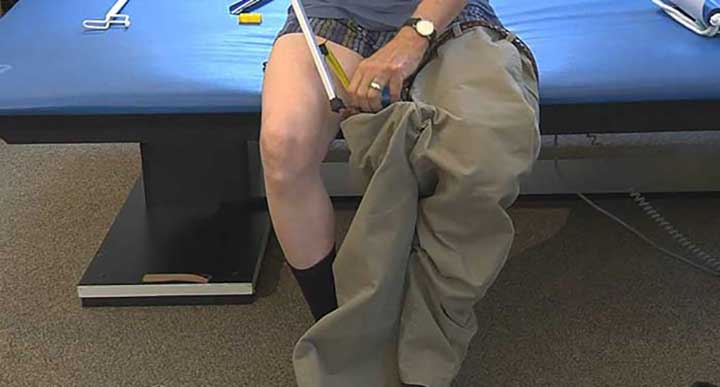
Recently I visited an elderly gentleman in his home. After talking to him for a few minutes, I was just taking my leave when I noticed his toenails. They were long and uncut.
I pointed them out to him and requested him to cut them down to size. Apparently he had been wanting to do that for a long time, but because he was unable to bend, he had not gotten around to doing them for a while. He also seemed very reluctant to ask family members for help. I asked him to bring his nail clipper, thinking I would do his toenails. He brought a pair that turned out to be useless against his thick and long toenails.
I am sending across a toenail clipper to him today. Additionally, I am looking for a salon/spa that provides pedicure and grooming services at home for elders. Believe me, it seems to be easier finding grooming services for pets than for the elders. Such is the state of affairs here!
Anyway, coming back to the topic, here are some of the reasons why you should ensure that the elders in your house have their toenails trimmed regularly.
- Long toenails can curl up and cut unto the skin.
2. Thickened toenails can become hard and difficult to cut.
3. Toenails harbour a lot of bacteria and other harmful germs. If one were to scratch oneself with their toenails, chances of infection are high. These infections can lead to complications and in some cases even septicemia and death.
4. Long toenails can cause people to trip or stub their toes more often.
5. They are unsightly.
As they say, a stitch in time saves nine. So arrange a pedicure today.
 I read an article recently where it states that sitting for long periods is the new smoking.
I read an article recently where it states that sitting for long periods is the new smoking. Parkinson’s is an incurable neurodegenerative disease that affects 1 million Americans. The biggest risk factor is age, but certain genetic mutations can increase risk too. 23andMe reports two of them to its customers, which each increase the chance of developing Parkinson’s between about 30 and 75 percent. (Sergey Brin, the Google cofounder and ex-husband of 23andMe founder and CEO Anne Wojcicki,
Parkinson’s is an incurable neurodegenerative disease that affects 1 million Americans. The biggest risk factor is age, but certain genetic mutations can increase risk too. 23andMe reports two of them to its customers, which each increase the chance of developing Parkinson’s between about 30 and 75 percent. (Sergey Brin, the Google cofounder and ex-husband of 23andMe founder and CEO Anne Wojcicki,